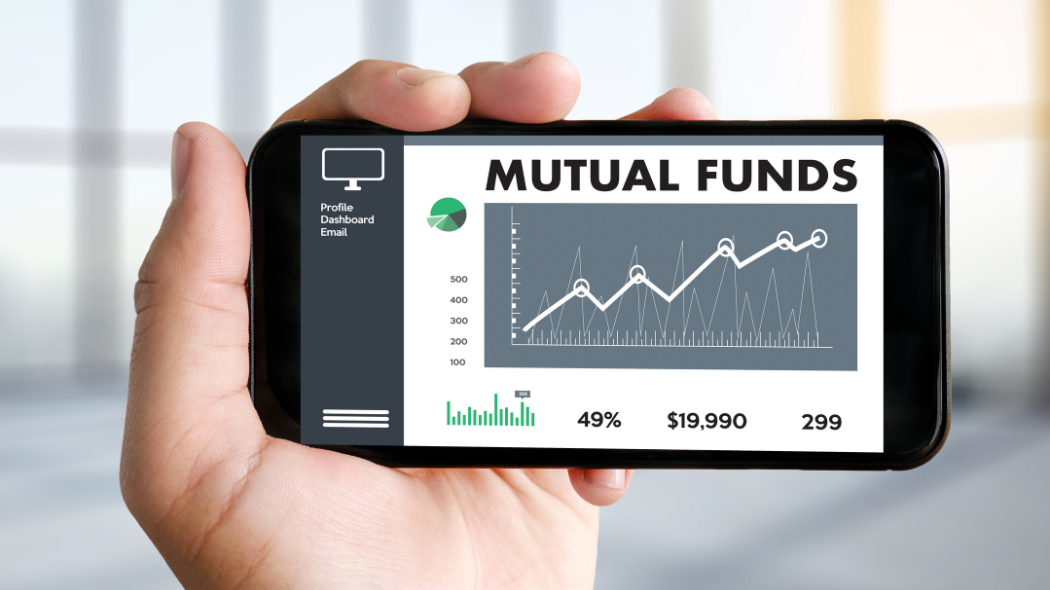
Have you ever read a complete mutual fund factsheet? Bet not.
Investors often only look at past performance when comparing two mutual funds. However, that’s not the only criteria to know which fund may perform better.
A fund factsheet has more information to indicate the volatility and potential returns. This data may help you narrow down your search to a suitable fund.
In this article, we will learn what to compare in fund factsheets. Read along!
A mutual fund factsheet typically consists of past performance, scheme profile, fund house/manager information, fund composition, holding information, and volatility measures.
While all this information is useful, we are going to focus on volatility measures aka key ratios.
Volatility measures help you understand more about the fund than the past performance ever could.
Let’s take two Multi Cap Funds to compare as an example.
1. Nippon India Multi Cap Fund
2. ICICI Prudential Multi Cap Fund
Standard Deviation measures the volatility of the fund’s returns with respect to its mean or average. It basically tells you about the risk associated with the fund.
A high standard deviation indicates high volatility.
A Standard Deviation of 17% indicates either a 17% gain or a 17% loss.
In the above example, the SD of Nippon Multi Cap is 17.89 whereas the SD for ICICI Prudential Multi Cap is 15.1.
Let’s say you’ve invested 5000 in these funds.
|
Fund |
Standard Dev |
Value after Gain |
Value After loss |
|
Nippon India Multi Cap |
17.89% |
5894.5 |
4105.5 |
|
ICICI Prudential Multi Cap |
15.1% |
5755 |
4245 |
To check if the fund aligns with your risk tolerance, SD is the value you look for.
Alpha is the excess returns the mutual fund has generated compared to the benchmark, considering the associated risk.
Positive alpha indicates that the fund performed better than the benchmark. Negative alpha indicates the fund could not beat the benchmark.
Beta measures the fund’s volatility compared to the benchmark. The lower beta indicates a lower risk.
If the Beta is more than 1, the fund is more volatile than the benchmark. And if the Beta is less than 1, the fund is less volatile compared to the benchmark.
In the above example, the Beta of Nippon India Multi Cap fund is 1.1 whereas ICICI Prudential Multi Cap is 0.97.
Nippon Multi-cap fund is more volatile compared to the benchmark than the ICICI Prudential multi-cap fund.
Sharpe ratio indicates the performance of the fund with respect to the risk it has taken. It’s the excess returns over and above the risk-free returns divided by the Standard Deviation.
Note- Risk-free returns are the returns generated by a safe instrument, such as Fixed Deposits.
A higher Sharpe Ratio indicates the fund will deliver better risk-adjusted returns.
In the above example, the Sharpe ratio of Nippon India Multi Cap Fund is 1.72 and ICICI Prudential Multi Cap Fund is 1.45.
Therefore, Nippon India Multi Cap fund will deliver better risk-adjusted returns compared to ICICI Prudential.
The mean value indicates the average returns generated by an instrument over the years in different market scenarios.
Note that the mean cannot predict future returns nor is it the only measure to evaluate a fund’s performance. It only helps you understand how the fund has performed in various economic cycles.
With only a 2.79% additional volatility measure (SD), Nippon is offering higher Alpha compared to ICICI.
Nippon India Multi Cap fund has the potential to deliver superior returns than ICICI Prudential Multi Cap fund.
So from now on, whenever you want to compare two funds from the same category, this is how you can compare. Don’t just rely on the past performance or the star rating of the fund. That will not tell you how the fund may perform in the coming years.
The key ratios are a more accurate indication of the fund’s performance against the benchmark and against each other.
Found the blog interesting? Share it with your fellow investors, follow @vnnwealth, and explore more insights here.

